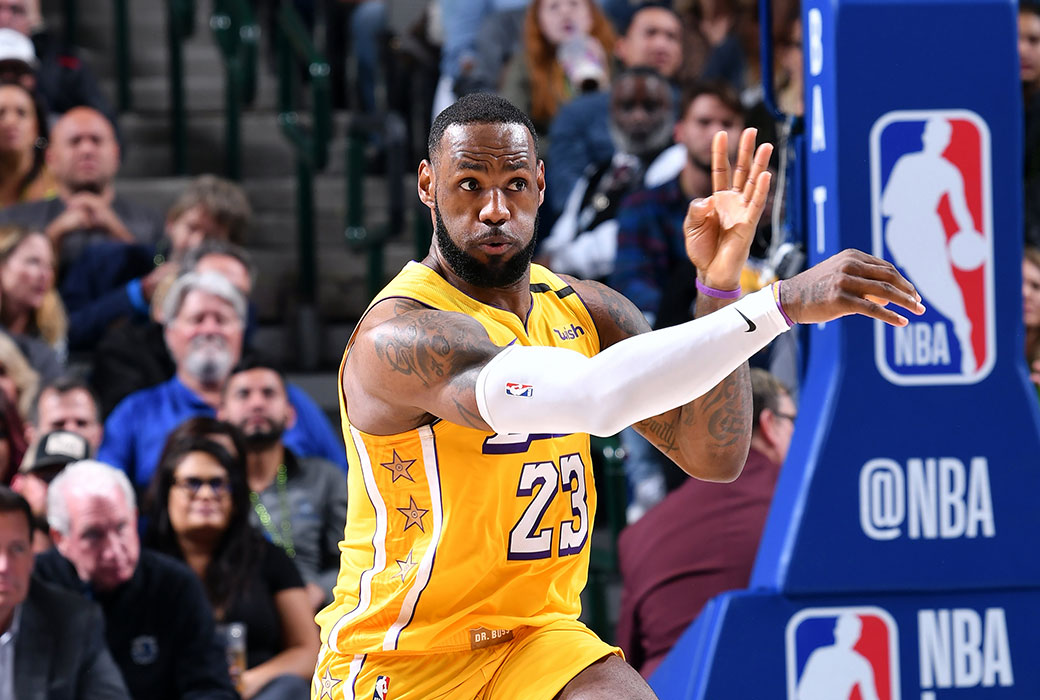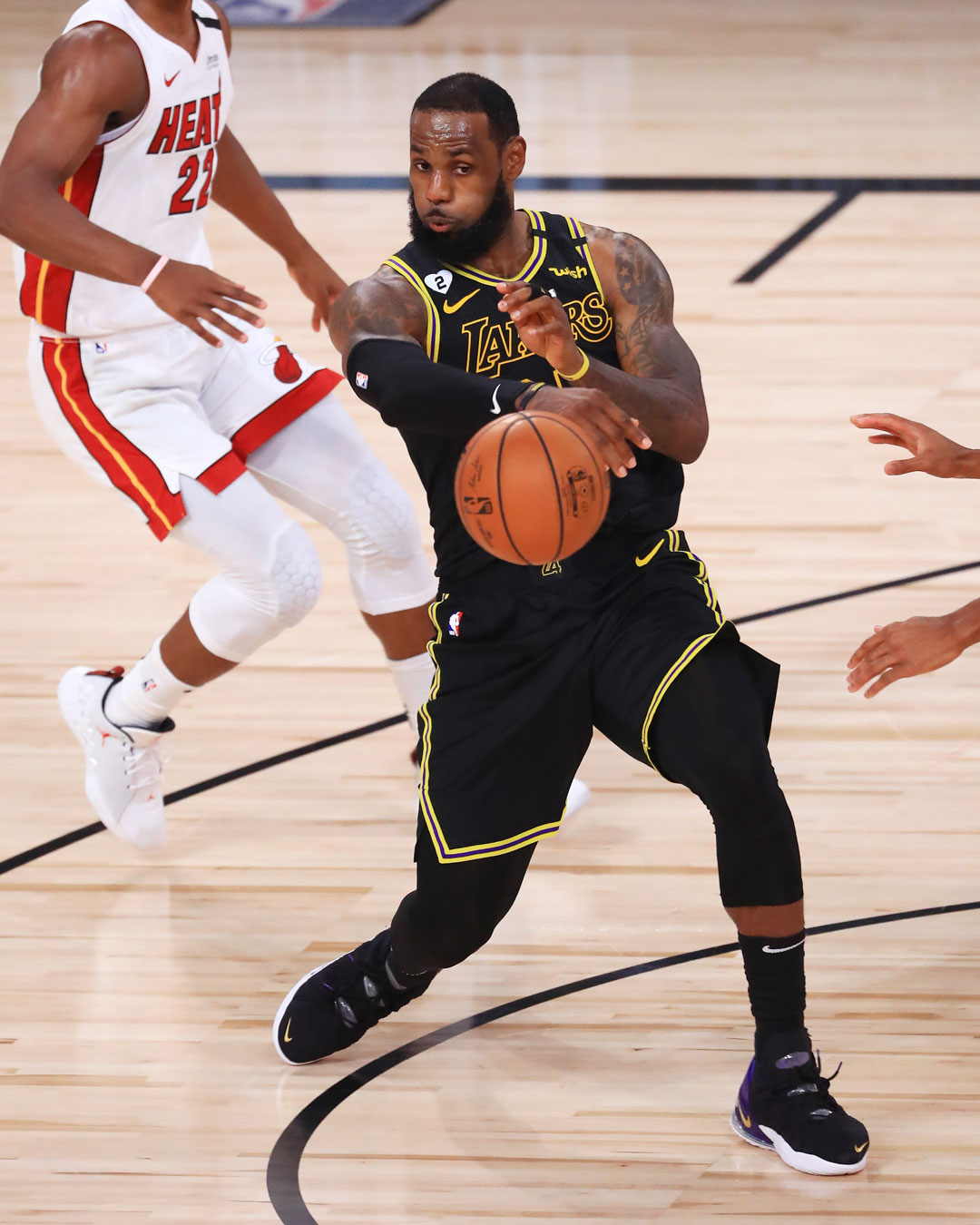Okay, so, “LeBron Point Guard,” huh? Let me tell you, this was a fun one, but also a bit of a head-scratcher at times. Buckle up, it’s gonna be a ride.

The Idea Sparked: So, I was watching a game, right? And I saw LeBron, you know, doing LeBron things. Passing, scoring, directing the whole offense. It just clicked – what if I tried to build something that mimics that kind of playmaking ability, but in code? A system that could analyze data, make decisions, and distribute “resources” (whatever those might be) efficiently.
First Steps – Data Gathering: The first thing I did was try to find some data sets. I’m talking about anything related to basketball stats – player stats, team stats, game logs, you name it. I figured the more data I had, the better the system could “learn” what constitutes good decision-making. I scraped some data from different sports websites, and also found some pre-made datasets available online. It was a messy process, cleaning up all the inconsistencies and different formats, but that’s par for the course, right?
The Algorithm – Decision Tree MAYBE?: Honestly, I wasn’t trying to reinvent the wheel here. My initial thought was to use a decision tree algorithm. The idea was to feed the algorithm all the data, and it would learn to make decisions based on certain conditions. Like, “if player A is double-teamed, pass to player B who is open.” I messed around with scikit-learn in Python, trying to get a basic model working. I spent days debugging that. It kind of worked, but it felt clunky, not very “LeBron” like.
Scrapping That Idea and pivoting to simpler Logic: Then I took a step back and thought, “Wait a minute, I’m over complicating things.” I don’t need a crazy machine learning model to simulate basic playmaking. So I dropped the decision tree and thought about the fundamental logic, like who’s open, and how to efficiently get the ball to them. I decided to use very basic conditionals like, if the best shooter is open, pass to him. If not, then pass to someone else. I used Python with some simple if/else statements. Very straightforward.
The “Resources” Concept: This is where it got a little more abstract. I decided to represent “offensive opportunities” as resources. So, the system would start with a certain number of these resources, and the goal was to distribute them to players in a way that maximizes the overall “score.” This involved assigning “value” to each player based on their stats (shooting percentage, assist rate, etc.)

Coding the System (Python FTW!): I coded everything in Python. It’s my go-to language for quick prototyping and data analysis. I created classes for Players and Teams, and then wrote functions to simulate passing, shooting, and scoring. It wasn’t fancy, but it was functional.
Testing and Tweaking: The initial results were… well, let’s just say the simulated team wasn’t exactly championship material. The system kept making dumb decisions, like passing to the worst shooter at the most critical moment. So, I spent a lot of time tweaking the parameters, adjusting the values assigned to different players, and refining the decision-making logic.
The (Somewhat) Working Prototype: After a LOT of trial and error, I finally got the system to a point where it was making reasonably intelligent decisions. It was prioritizing high-percentage shots, finding open players, and generally distributing the “resources” in a way that led to a decent simulated score. Was it perfect? Absolutely not. But it was a proof of concept.
Learnings and Next Steps: This “LeBron Point Guard” project was a great learning experience. I learned a lot about data analysis, algorithm design, and the importance of iterative development. If I were to take this further, I’d probably explore more sophisticated algorithms, like reinforcement learning, to allow the system to learn from its mistakes and improve its decision-making over time. I’d also want to incorporate more real-time data, like player positioning and defensive schemes, to make the simulations more realistic.
Conclusion: So, yeah, that’s the story of my “LeBron Point Guard” project. It was a fun and challenging endeavor, and I learned a ton in the process. Even though the system isn’t quite ready to lead a real NBA team to the championship, it was a valuable exercise in combining my love of basketball with my passion for coding.

